EHT Featured News Recent Papers
//
//
September 16, 2025
//

Multi-year Event Horizon Telescope observations capture evolving polarization patterns in supermassive black hole and see emissions in 230 GHz near the base of its jet
The Event Horizon Telescope (EHT) collaboration has unveiled new, detailed images of the supermassive black hole at the center of the galaxy M87, revealing a dynamic environment with changing polarization patterns near t…
Read more »
Featured News Recent Papers
//
//
May 13, 2025
//
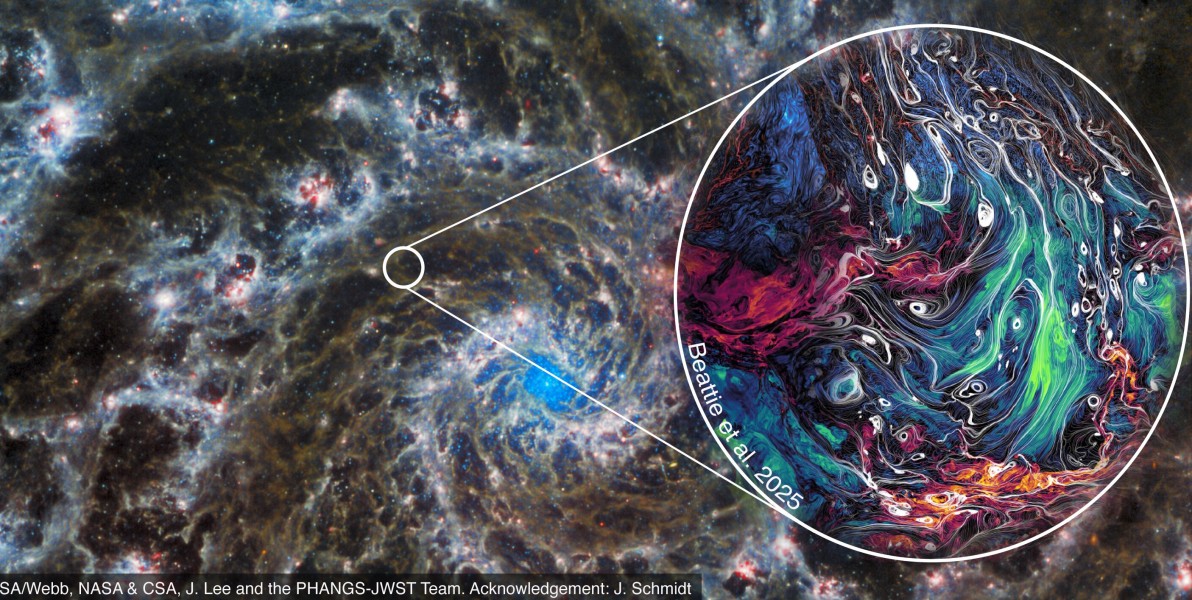
Astronomers have developed a computer simulation to explore, in unprecedented detail, magnetism and turbulence in the interstellar medium (ISM)—the vast ocean of gas and charged particles that lies between stars in the Milky Way galaxy.
Turbulence is a ubiquitous phenomenon, which all of us have witnessed. The swirly movement of mixing milk in a coffee cup is the same in principle as…
Read more »
Featured News Recent Papers
//
//
March 24, 2025
//
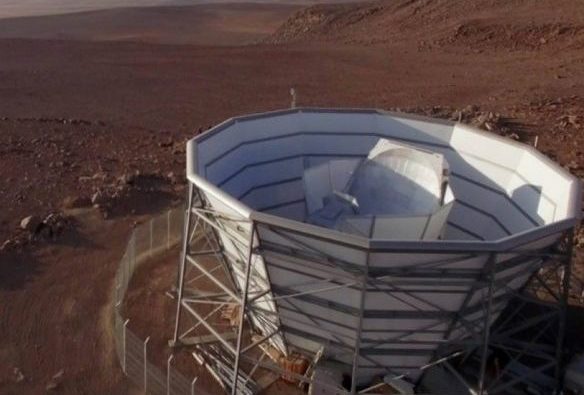
March 21, 2025 by A&S News (Abbreviated by Lyuba Encheva)
New research from the Atacama Cosmology Telescope (ACT) collaboration has produced the clearest images yet of the universe’s infancy from the earliest cosmic time accessible to humans.
Measuring light that has travelled for almost 14 billion years to reach a telescope high in the Chilean Andes, the two new images reveal t…
Read more »
Featured News Recent Papers
//
//
January 22, 2025
//
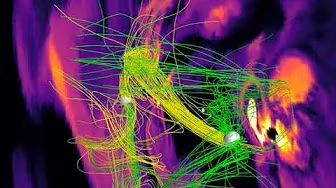
What happens when the supermassive black holes at the centre of galaxies collide? This is the question explored in a new article by CITA Postdoctoral fellow Sean Ressler, CITA faculty Bart Ripperda, CITA National Fellow Luciano Combi (University of Guelph/Perimeter Institute, and Caltech faculty Elias Most that just came out in the Astrophysical Journal Letters.
At the centre of almost…
Read more »
News Publications Recent Papers
//
//
April 5, 2024
//
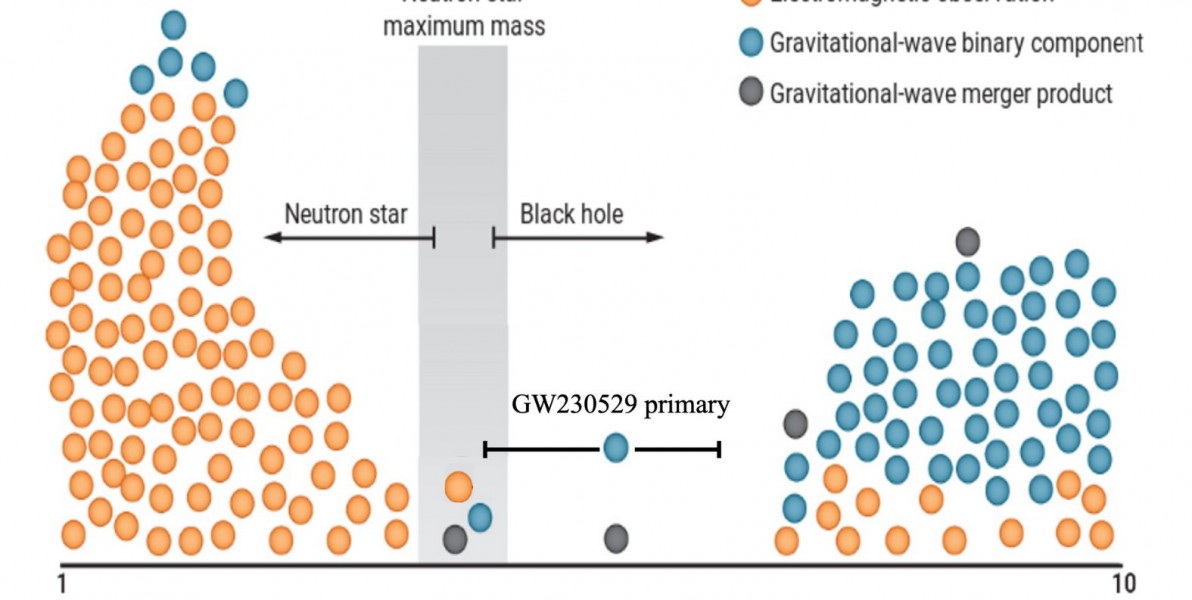
Today the LIGO-Virgo-KAGRA (LVK) Collaboration released information on one of the events detected during its current fourth observing run – a gravitational-wave signal from the collision of what is most likely a neutron star with a compact object that is 2.5 to 4.5 times the mass of our Sun. What makes this signal, called GW230529, intriguing is the mass of the heavier object. It falls within a…
Read more »
Featured News Publications Recent Papers
//
//
March 6, 2024
//
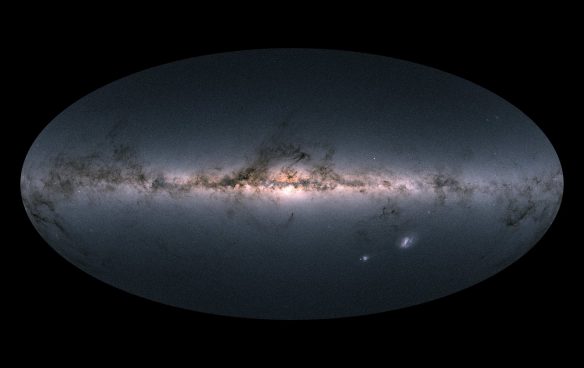
By Milan P. Ilnyckyj, Canadian Institute for Theoretical Astrophysics
Research published in Nature by CITA National Fellow Simon Blouin grants new understanding of delayed white dwarfs.
Your astronomy textbook might describe white dwarfs as the cool and comparatively uninteresting remnants of dead stars. This perspective is challenged by the previously unexplained existence of delayed whit…
Read more »
Featured News Publications Recent Papers
//
//
July 15, 2020
//
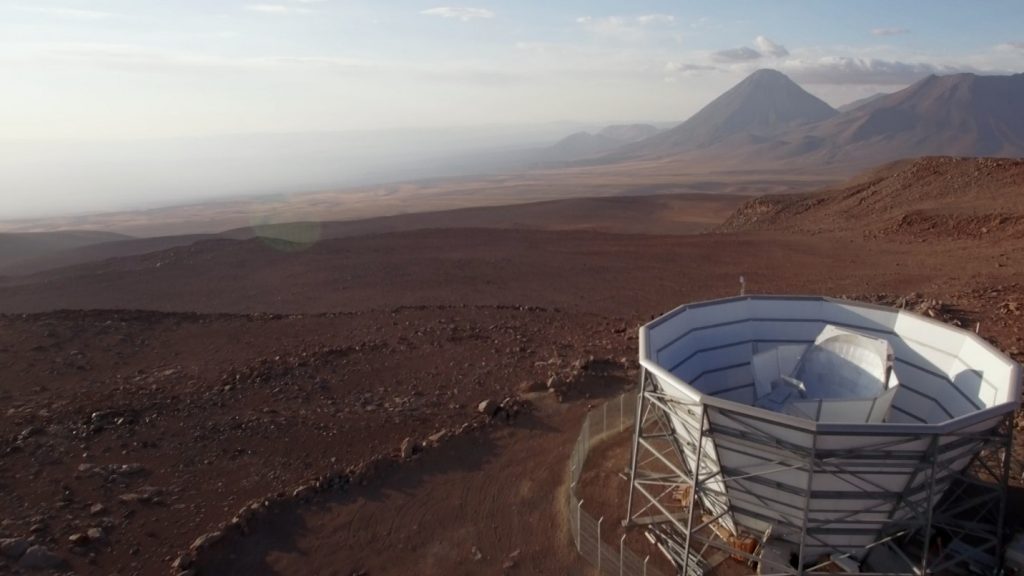
From a mountain high in Chile’s Atacama Desert, astronomers with the National Science Foundation’s Atacama Cosmology Telescope (ACT) have taken a fresh look at the oldest light in the universe. Their new observations plus a bit of cosmic geometry suggest that the universe is 13.77 billion years old, give or take 40 million years.
The new estimate matches the one provided by t…
Read more »






